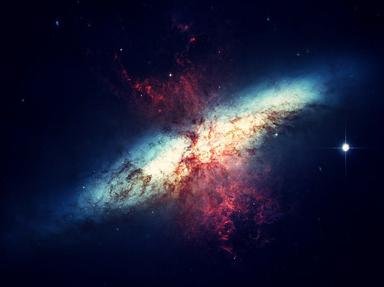Quiz Answer Key and Fun Facts
1. The first asteroid, 1 Ceres, was discovered on Jan 1, 1801. Who discovered it?
2. Asteroids are sometimes called by which of these names?
3. The main asteroid belt is situated between which heavenly bodies?
4. What was the name of the second asteroid discovered?
5. With the exception of comets (being named after the person that finds them) minor planets are the only astronomical objects that may be named after living people.
6. Asteroids that come within the orbit of the Earth at their perihelions (closest approach to the Sun) are known as ___________ asteroids.
7. Asteroids that are always closer to the Sun than the Earth are called __________ asteroids.
8. What asteroid is dog-bone shaped?
9. If all of the known asteroids were lumped together, they would make a planet bigger than Jupiter.
10. Which minor planet (asteroid) reaches the greatest brilliance (as seen for the Earth)?
11. What asteroid did the NEAR Shoemaker mission land on in 2001?
12. Most meteorites probably originate from the asteroid belt.
13. The Galileo spacecraft had encounters with two asteroids while en route to Jupiter. What are the names of the asteroids?
14. Which asteroid was discovered to have its own satellite?
15. How many asteroids were known in 2000 to have diameters greater than 240 kilometers?
16. Between the main concentrations of asteroids in the main belt are relatively empty regions known as which of these?
17. What asteroid is believed to be associated with a meteor shower?
18. The majority of asteroids fall into which three categories?
19. What are NEOs?
20. How do scientists know that some meteorites are from Mars?
Source: Author
almach
This quiz was reviewed by FunTrivia editor
crisw before going online.
Any errors found in FunTrivia content are routinely corrected through our feedback system.


